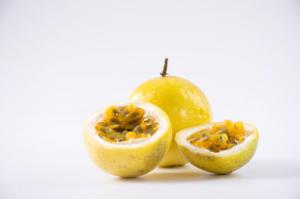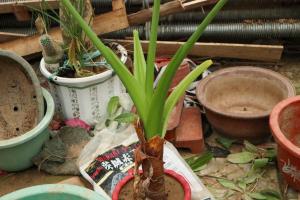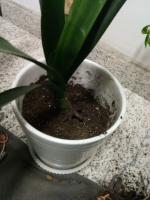Introduction
Air plants, also known as epiphytes, are plants that grow on other plants or objects, such as trees. They do not require soil to grow but instead extract all their nutrients and moisture from the surrounding air. While air plants can be an attractive addition to a garden or home, there has been a concern about the potential harm they could cause to the host tree, leading to the question, do air plants kill trees?
How Air Plants Grow on Trees
Air plants naturally attach themselves to the host tree through specialized structures known as holdfasts. These structures allow the air plant to latch onto the bark of the tree without penetrating it. Air plants will also extract moisture and nutrients from the surrounding air, rainfall, and any organic debris that accumulates on the host tree’s trunk or branches. The air plant host tree provides a natural perch and protection from direct sunlight, wind, and rain for the air plant, creating a mutually beneficial relationship.
Do Air Plants Harm Trees?
The short answer is no. Air plants do not harm trees or kill them. Instead, air plants grow in harmony with the host tree, forming a symbiotic relationship. The air plant extracts nutrients and moisture from the surrounding air and organic debris without causing any damage to the host tree’s bark, roots, or trunk. The host tree, in return, provides a place for the air plant to grow, protecting it from harsh environmental conditions and providing a natural food source through the accumulation of organic debris.
Benefits of Air Plants on Trees
Air plants growing on trees provide several benefits to the host tree and the surrounding environment. They enhance the visual appeal of trees by adding a vibrant green color and a unique, exotic texture. Air plants also absorb excess carbon dioxide from the atmosphere and release oxygen, improving air quality. As they absorb moisture from the surrounding air, they can help to regulate temperature levels around the tree, reducing the impact of extreme weather conditions. Air plants can also act as a habitat for small insects and birds, enhancing the biodiversity of the ecosystem.
Conclusion
In conclusion, air plants are unique plants that can grow on other plants, such as trees, without causing harm. They provide several benefits, including improving air quality, regulating temperature levels, and enhancing the visual appeal of trees. The relationship between the air plant and the host tree is symbiotic, with both parties benefiting from each other. Therefore, if you are considering adding air plants to your garden or home, rest assured that they will not harm your trees or vegetation. Instead, they will create a beautiful, natural display that benefits the ecosystem.

 how many times do yo...
how many times do yo... how many planted tre...
how many planted tre... how many pine trees ...
how many pine trees ... how many pecan trees...
how many pecan trees... how many plants comp...
how many plants comp... how many plants can ...
how many plants can ... how many plants and ...
how many plants and ... how many pepper plan...
how many pepper plan...






























